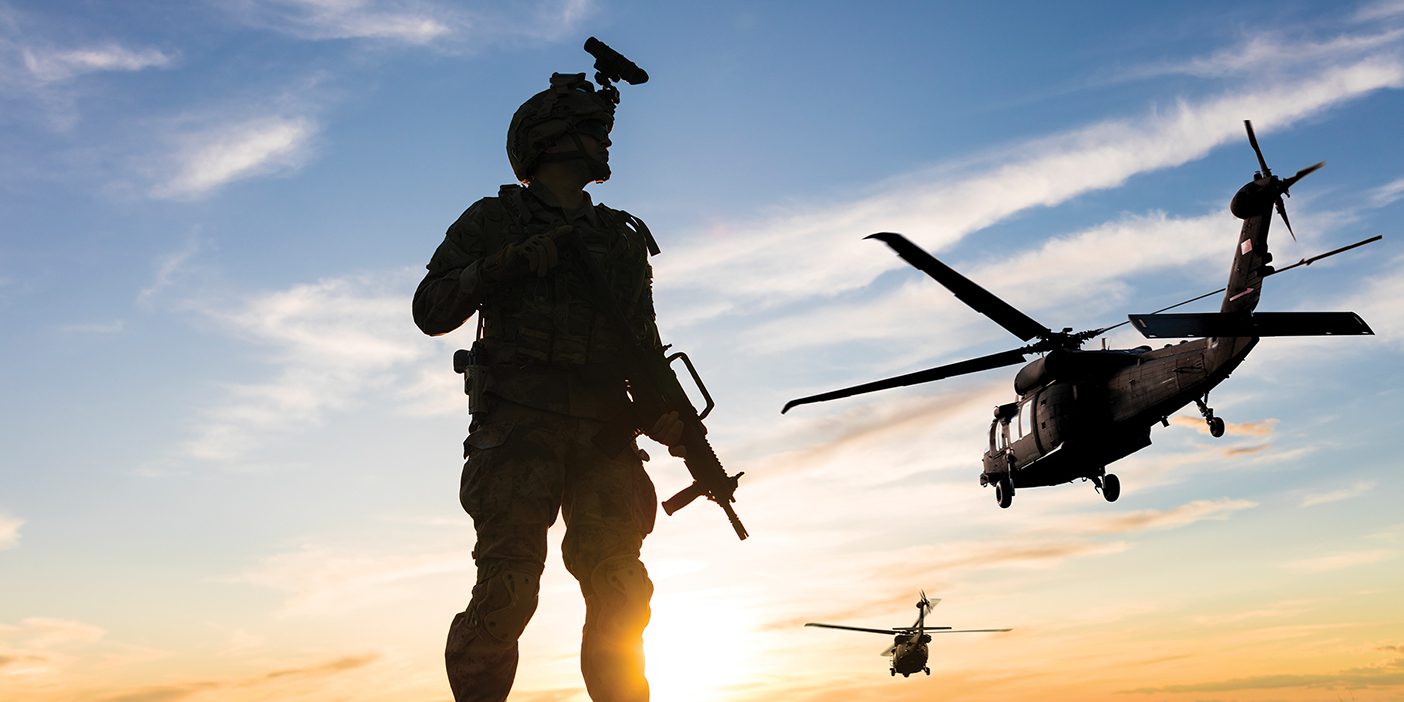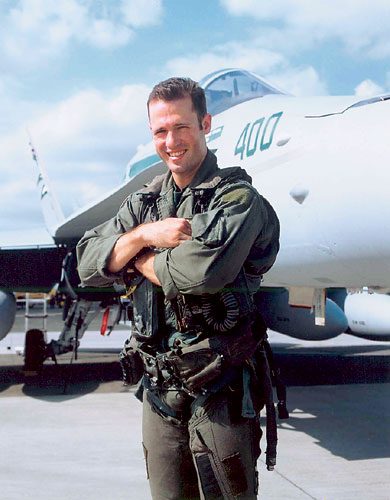By Gerrit W. Gong, ’77
Gerrit W. Gong, a political science professor and assistant to the president for planning and assessment at BYU, considers the war with Iraq using frameworks of his personal perspectives regarding classified materials, the meaning of Sept. 11, protecting American and democratic values, current threats to U.S. interests, and additional frameworks.
Ladies and gentlemen, it is a great pleasure to join this panel and each of you as we share personal frameworks for analyzing important issues regarding Iraq.
Classified Methods and Sources
I was once assigned to help analyze the situation in Iraq when the U.S. Congress mandated a national commission to assess the ballistic missile threat to the United States. In reviewing all extant information, including some that was highly classified, the commission came to a surprising conclusion. It said the ballistic-missile threats to the United States posed by North Korea, Iran, and Iraq are broader, more mature, and evolving more rapidly than anyone had previously thought. How had this happened?
We searched and found an answer—troubling patterns of collusion are accelerating development of missile systems designed to deliver chemical, biological, and, possibly, nuclear weapons. Iran, Iraq, and North Korea help each other. And they are helped in their weapons-development programs by yet other countries—including some that today threaten to veto U.N. resolutions regarding Iraq.
As you may know, the commission was chaired by Don Rumsfeld. Some say Don Rumsfeld is an old man with old ideas, a throwback to the Cold War. That was not my experience. I found Don Rumsfeld very open to new information and very committed to new ideas and to advancing the interests of the United States. I was personally happy to see him become secretary of defense.
In July 1998 the Rumsfeld commission published its warning that the ballistic-missile threat was more imminent than previously understood. Interestingly, only one month later, in August, North Korea fired a Taepodong missile over Japan.
Classified sources and methods present a dilemma for open, democratic societies, such as the one we are blessed to live in. The U.S. government classifies material in four categories: (1) sensitive but unclassified, (2) confidential, (3) secret, and (4) top secret. We sometimes further classify material as sensitive compartmentalized intelligence.
Open, democratic societies want to know, to see the evidence. This is how it should be. But we also know that protecting intelligence preserves intelligence—especially that most sensitive intelligence that comes from individuals putting their lives on the line to provide it.
When I watched Secretary of State Colin Powell at the United Nations, two things seemed obvious: First, Secretary Powell knew much more than he could say, including information regarding connections between Al Qaeda and Iraq. Second, the Bush administration is managing carefully, as it should, what it discloses and when.
Personal Meaning of Sept. 11
For me Sept. 11 was a very personal tragedy. It changed the way I view the world in three fundamental ways. First, Sept. 11 changed the way I think about the nature and scope of war. For the first time, I felt terrorist war come devastatingly home to American soil. Second, Sept. 11 made me realize that further terrorist attacks using weapons of mass destruction against Americans and others are a real and imminent danger. Third, for me, Sept. 11 shifted the offense/defense balance necessary for legitimate self-protection. It is the nature of terrorists to strike when and where they may. I reluctantly came to the conclusion that sometimes preemptive action on our part may be the only means we have to protect ourselves.
The troubling triangle of collusion that accelerated ballistic-missile development did not change after Sept. 11. That triangle includes ties among narco-terrorist and organized-crime groups, the proliferation of weapons of mass destruction, and states that sponsor terrorists and develop weapons of mass destruction. Some of these Gadianton groups are spread about the earth in loose confederations; others are gathering armies and living above the law in countries where they have established their strongholds.
To me, legitimate self-protection requires the United States and its friends and allies to go after all three parts of the threat: after the terrorist groups; after potential sources of chemical, biological, or nuclear materials; and, when appropriate, after states that sponsor terrorists and develop weapons of mass destruction.
Protecting American/Democratic Values
For me, there are times and circumstances involving our values, our homes and families, our liberties and land under which military force is not only justified but is necessary.
I am deeply troubled by the use of military force anywhere, at any time. I am troubled by the innocent women and children caught in harm’s way; I am troubled by those in uniform whom duty calls to perform tasks they would otherwise never consider. I worry that any force used reflects the values we hold most dear, in particular, that means and ends align as we make difficult decisions about who uses military force and how it is used.
Our extensive discussions about these vexing issues continue. We sometimes disagree, as honest people frequently do when addressing tough issues. But sometimes, after full discussion, collective security requires hard decisions and leadership.
Here I give you my personal conclusion. Even given all the great concerns and worries, as President Bush indicated in his recent State of the Union address, I think it right that the United States of America not let the world’s most dangerous regimes threaten us or our friends and allies with the world’s most destructive weapons.
Of course, those making decisions must exercise all appropriate caution and restraint in the exercise of our national resolve. They should pursue any legitimate way back from confrontation.
But in the end I feel we have a right and obligation to protect this country and what it stands for. Ours is a land of promise. It is worth defending.
The Threat Today
In recent congressional testimony, the CIA and FBI directors have reminded us of the threat today. Yes, having been caught off guard by 9/11, they are extra cautious. But the concerns are real: Al Qaeda expects to resume the offensive. Another attack could occur on U.S. soil.
Today’s threat involves new targets and new types of attacks. It may include multiple small-scale attacks against targets selected to maximize casualties and economic disruption and psychological targets—targets such as shopping malls, schools and universities, churches, and places of recreation.
As I said earlier, I believe our countries must be very circumspect in the way we contemplate using military force. But I prefer in sorrow—not anger—that we proactively do all we can to avert any future attack on us or our friends and allies.
Additional Analytical Frameworks
There are additional analytical frameworks I use when trying to understand the complexities involved in Iraq:
frameworks for economic analysis—the very important impacts on the U.S. and global economy, including issues of oil;
frameworks regarding the revolution in military affairs and alliance relations;
frameworks, not only in the Middle East, but around the world, involving anti-American sentiment and generational analysis, where actions today affect tomorrow’s generations; and
frameworks to consider global and regional cross-pressures: the constant balancing of interests and issues among such countries as Iran, Saudi Arabia, and Israel.
In conclusion, these are very complex questions. Thank you for this opportunity to share some of the frameworks I use to analyze Iraq.









